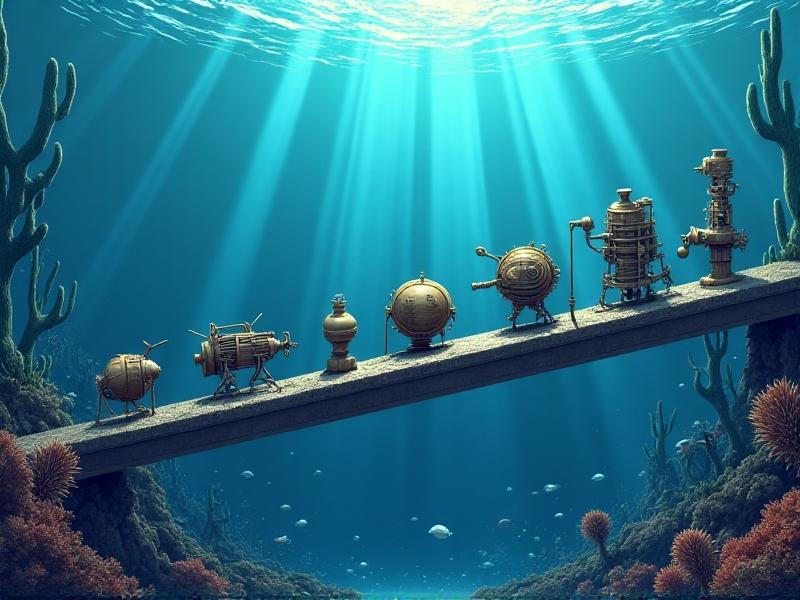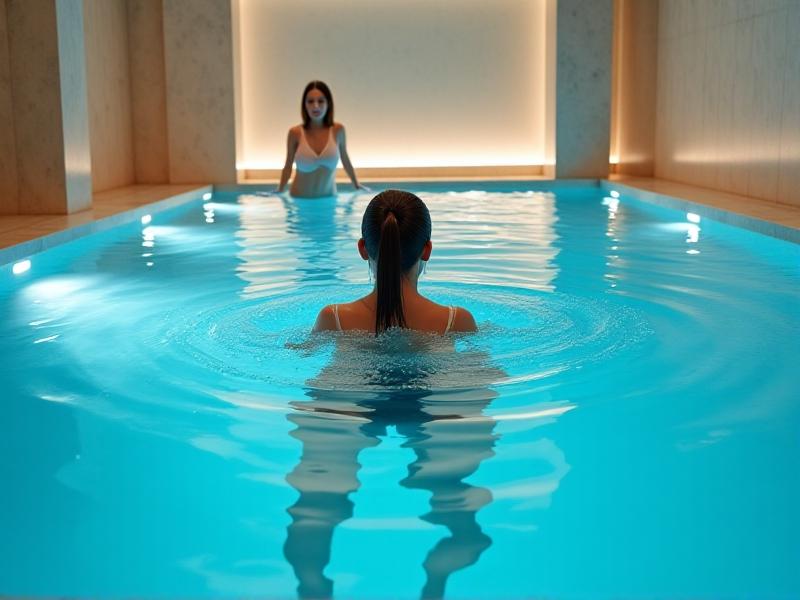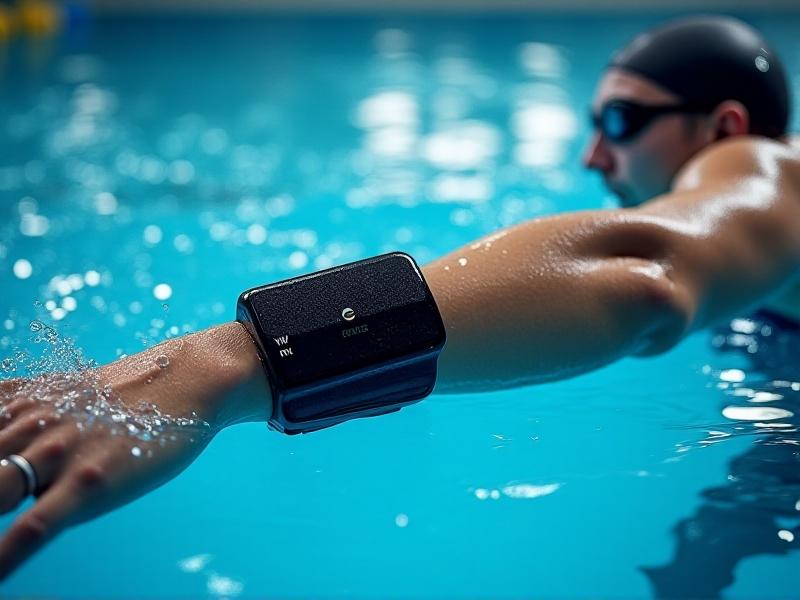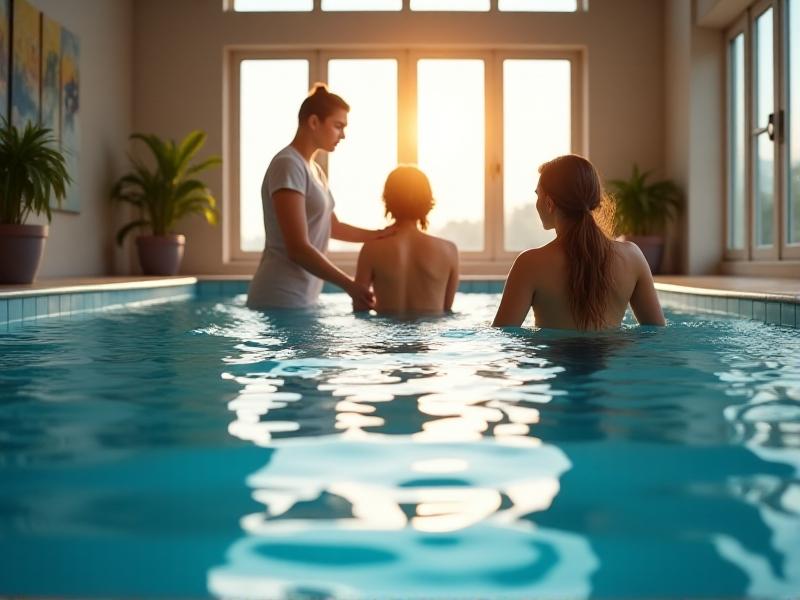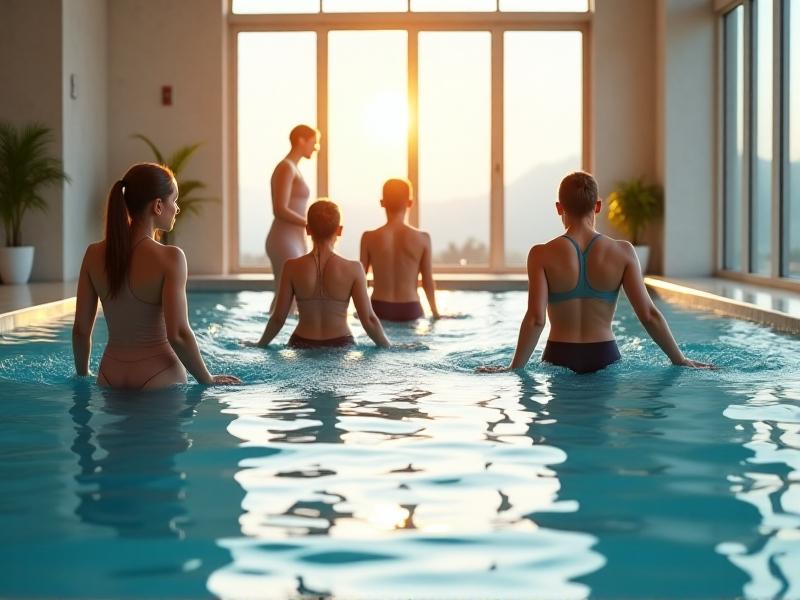Submerged Cueing Systems for Motor Learning
Understanding Submerged Cueing Systems
Submerged cueing systems are an innovative approach to motor learning that leverages subtle, often subconscious cues to enhance skill acquisition. These systems are designed to provide feedback in a way that doesn't overwhelm the learner, allowing for more natural and effective learning processes. The concept is rooted in the idea that less explicit, more integrated cues can lead to better retention and performance.
In traditional motor learning, explicit instructions are often given, which can sometimes lead to information overload. Submerged cueing systems, on the other hand, use implicit learning strategies. These strategies might include visual, auditory, or tactile cues that are embedded within the learning environment. For example, a swimmer might use the sound of water splashing to time their strokes, or a dancer might use the rhythm of music to guide their movements.

The Science Behind Submerged Cueing
The effectiveness of submerged cueing systems is backed by neuroscience and cognitive psychology. Research suggests that implicit learning, which is the foundation of submerged cueing, engages different neural pathways compared to explicit learning. These pathways are often associated with long-term memory and automaticity, which are crucial for mastering motor skills.
One key aspect of submerged cueing is the reduction of cognitive load. When learners are not bombarded with explicit instructions, they can focus more on the task at hand. This allows for a more intuitive and less stressful learning experience. Additionally, submerged cues can be tailored to individual learning styles, making them a versatile tool in motor learning.
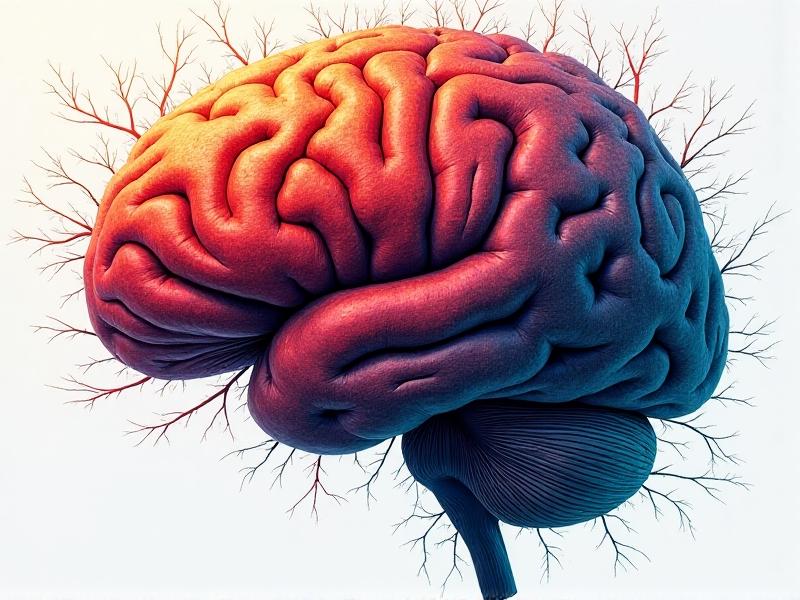
Applications in Sports and Rehabilitation
Submerged cueing systems have found applications in various fields, including sports and rehabilitation. In sports, these systems can be used to enhance performance by providing athletes with subtle cues that improve their technique without disrupting their focus. For example, a golfer might use the sound of the club hitting the ball to adjust their swing.
In rehabilitation, submerged cueing can aid in the recovery of motor skills after injury or illness. Patients can benefit from cues that are integrated into their therapy sessions, helping them regain strength and coordination in a more natural way. This approach can be particularly effective for individuals recovering from stroke or neurological disorders.

Designing Effective Submerged Cueing Systems
Designing an effective submerged cueing system requires a deep understanding of the learner's needs and the specific motor skills being targeted. The cues must be carefully chosen to ensure they are subtle yet impactful. This often involves a combination of sensory inputs, such as visual, auditory, and tactile cues, that work together to guide the learner.
Another important consideration is the timing and frequency of the cues. Too many cues can be distracting, while too few may not provide enough guidance. The goal is to find a balance that supports learning without overwhelming the learner. Additionally, the system should be adaptable, allowing for adjustments based on the learner's progress and feedback.
Case Studies: Success Stories
Several case studies highlight the success of submerged cueing systems in various contexts. One notable example is the use of submerged cueing in professional swimming. Coaches have reported significant improvements in swimmers' performance when using subtle auditory cues to guide their strokes. Swimmers were able to maintain better rhythm and coordination, leading to faster times and more efficient movements.
Another case study involves the use of submerged cueing in physical therapy for stroke patients. Patients who received therapy with integrated cues showed faster recovery times and greater improvements in motor skills compared to those who received traditional therapy. These success stories underscore the potential of submerged cueing systems to transform motor learning and rehabilitation.
Future Directions and Innovations
As research in submerged cueing systems continues to evolve, new innovations are emerging that promise to further enhance motor learning. One exciting direction is the integration of technology, such as wearable devices and virtual reality, to provide more immersive and personalized cues. These technologies can offer real-time feedback and adapt to the learner's needs, making the learning process even more effective.
Another area of exploration is the use of artificial intelligence to analyze and optimize cueing systems. AI can help identify the most effective cues for different individuals and contexts, leading to more tailored and efficient learning experiences. The future of submerged cueing systems is bright, with endless possibilities for improving motor learning across various domains.

